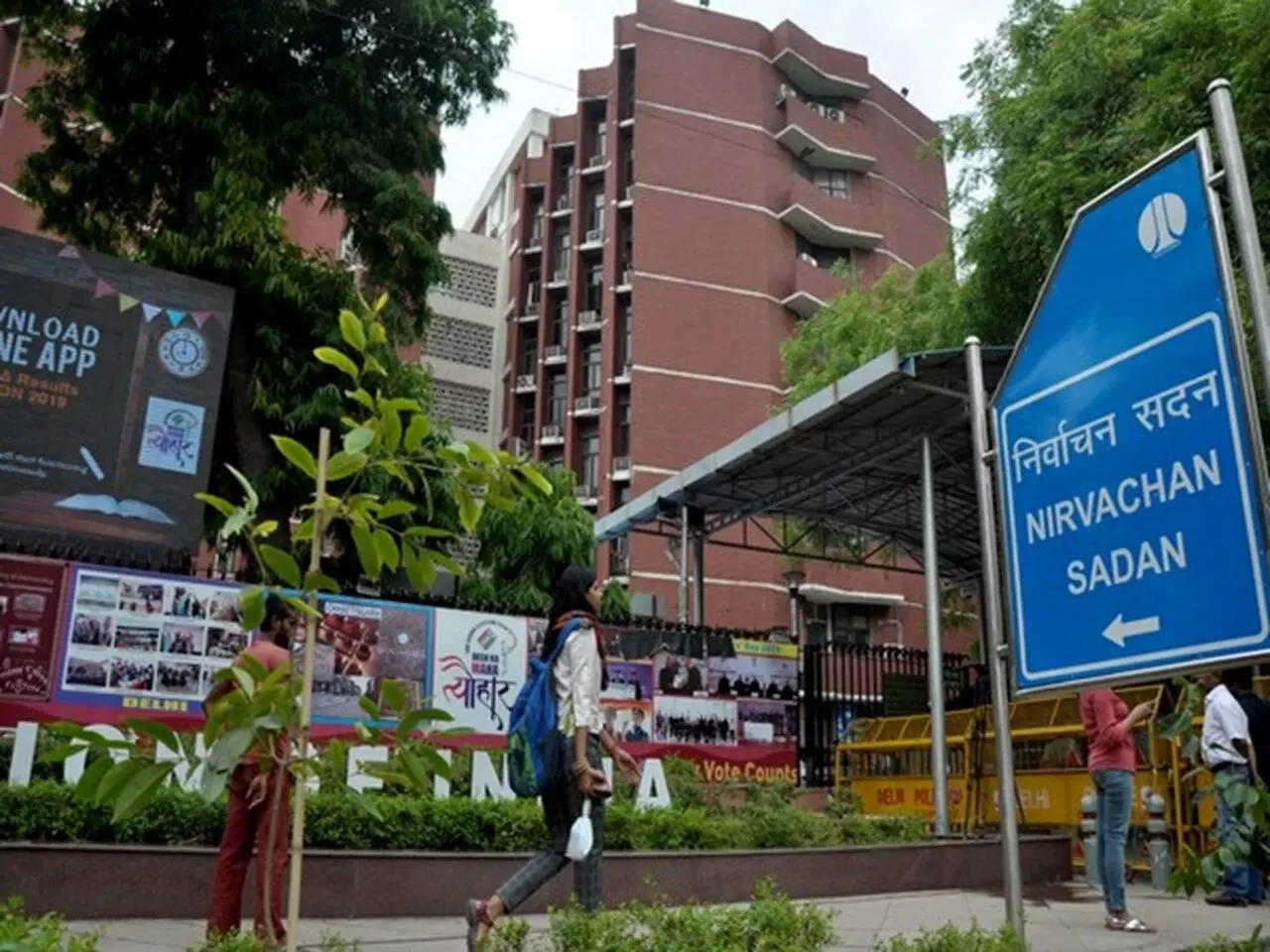Towards greater vibrancy?

On April 10, the Election Commission of India (ECI) accorded national party status to the Aam Aadmi Party (AAP) and withdrew the same for the Trinamool Congress (TMC), the Communist Party of India (CPI), and the Nationalist Congress Party (NCP) — leaving the total count of national parties to six. While the reshuffle means a great deal for the individual parties that have undergone change, the ECI’s move will also have broader ramifications for national politics. The pre-requisite for qualification as a national party is recognition as a state party in four states, which, again, requires securing at least six per cent of the valid votes polled and two seats each in assembly or Lok Sabha elections. The AAP crossed this threshold after its decent performance in the Gujarat elections. Heading the government in a state and a Union Territory — Punjab and Delhi, respectively — the AAP has the requisite presence in Goa as well. In merely a decade of its existence, the party, born out of a civil society movement, has gone on to become a national party. While the elevated status is no mean achievement for the AAP, it also reflects the beauty of Indian democracy where the masses hold the power to create leaders out of nowhere. At the same time, the de-recognition of the Communist Party of India comes as no surprise. The party has been constantly losing its foothold over decades. It may be a viable option for it to merge itself with the larger fragment of the Left party — the CPI(M). The split in the CPI had come into effect in the wake of the 1962 Indo-China war and amid the global trend of divisiveness on the lines of CCP or CPSU leanings. It might be time for the Left parties to reassess the need for continued fragmentation in today’s date and time. Apart from the CPI, the other two parties that lost their national party status were the NCP and the Trinamool Congress. Both the parties boast of strong regional presence — TMC in West Bengal and NCP in Maharashtra — but their national footprint has been limited. The de-recognition of the NCP came as it lost the state party status in Goa, Manipur and Meghalaya. For the TMC, the loss came from Arunachal Pradesh and Manipur. The slippage has indeed been a setback for both parties but not quite shocking. Given their limited regional presence, abrupt flip-ups were never a distant possibility. Apart from affecting the electoral and political prospects of the individual parties, the reshuffle has a bigger message for national politics as well. With the INC constantly diminishing in stature, electorally, and certain vocal parties losing the ‘national party’ status, the path for the BJP ahead of the 2024 general elections appears to be sparsely dotted with obstacles. It is true that AAP’s rise has been phenomenal and it has replaced Congress in certain electorates, but the road ahead of the party to gain an effective national presence (beyond the technical threshold for gaining national party status) is still very long. Moreover, apart from its impeccable record in providing health, education and other civic services to Delhiites and Punjabis, the AAP is still to groom itself politically. Its stand on secularism and other ideological attributes has thus far been loaded with ambiguities. The situation of AAP has been made worse by the arrest of its prominent ministers. As a national party, if the AAP is looking forward to challenging the BJP head-on, it must sharpen itself ideologically and start creating impressive leaders in a decentralized manner, for now, it has a broader responsibility to shoulder. Upcoming assembly elections need to be seen as an opportunity for the AAP to register a greater presence throughout the country — irrespective of the seats that can be won. However, at present, the base of alternatives to the BJP at the national level appears to be shrinking, which is not a good sign for the state of democracy. The beauty of a democracy magnifies with the contest. While the AAP may have a lot of ground to cover, the contest in India’s national politics is still marked by duopoly — and that too a diluted one. The rise of parties like AAP, however, presents hope for a vibrant contest in the future.



